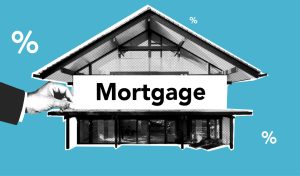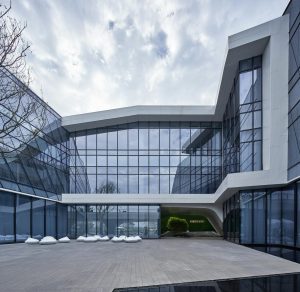The Future of Urban Planning and Housing Trends
The world is rapidly changing and with it, the way we live and build our cities. As we enter into a new era of technology and innovation, urban planning and housing trends are also evolving and adapting to meet the needs of our future communities. As the population continues to grow and urbanization intensifies, the demand for sustainable, efficient, and livable cities is higher than ever before. In this article, we will explore the future of urban planning and housing trends and how they are shaping the cities of tomorrow.
The Rise of Smart Cities
Smart cities are no longer just a concept, they are fast becoming a reality. These cities are built with the integration of technology and data to improve the lives of its citizens and enhance the efficiency of urban systems. With the use of sensors, data analysis, and artificial intelligence, smart cities are able to tackle issues such as traffic congestion, energy consumption, waste management, and public safety.
Urban Mobility
One of the most significant impacts of smart cities is in the area of urban mobility. As cities become more populated, the need for efficient and sustainable transportation solutions is crucial. With the use of real-time data, smart cities are able to optimize public transportation routes, reduce congestion, and provide alternative transportation options such as bike-sharing and ride-sharing services. This not only improves the quality of life for citizens but also helps to reduce carbon emissions and combat climate change.
Sustainable Infrastructure
Smart cities also prioritize sustainable infrastructure and the use of renewable energy sources. With the implementation of smart grids, buildings and homes are able to efficiently manage their energy consumption, reducing the strain on the power grid. This not only reduces the environmental impact but also leads to cost savings for both the city and its residents.
The Shift to Affordable Housing
As housing prices continue to rise and the income gap widens, there is a growing need for more affordable housing options. In response to this, urban planners are incorporating innovative solutions to create housing that is not only affordable but also meets the needs of diverse communities.
Mixed-Use Developments
Mixed-use developments, where commercial, residential, and recreational spaces are combined into one compact area, are gaining popularity in urban planning. These types of developments offer housing options alongside shops, restaurants, and entertainment, creating a sense of community and reducing the need for long commutes. This not only increases the efficiency of cities but also provides affordable housing options for a diverse range of individuals and families.
Micro and Co-Living Spaces
Another trend in affordable housing is the rise of micro and co-living spaces. These compact, efficient living spaces provide affordable housing options for young professionals, students, and single individuals. With shared amenities and communal spaces, these living arrangements also foster a sense of community and promote sustainable living.
The Importance of Inclusive Design
Inclusivity in urban planning and housing design is becoming a top priority. Cities must be built to accommodate people of all ages, abilities, and backgrounds. This means incorporating accessible design, promoting social and economic diversity, and creating safe and welcoming communities for all. A focus on inclusive design not only improves the livability of cities but also fosters a sense of belonging and community.
Universal Design
Universal design is the practice of designing spaces that are accessible and usable for people of all ages and abilities. This includes features such as wider doorways, lower counters, and ramps, making it easier for individuals with disabilities or mobility challenges to navigate their environment. As cities become more inclusive, the demand for universal design in both public and private spaces will continue to grow.
Community Engagement
Inclusive urban planning also involves engaging with the community to understand their needs and preferences. This can include conducting surveys, hosting community meetings, and encouraging participation in the planning and design process. By involving the community, urban planners can create a more inclusive and responsive city that meets the needs of its citizens.
The Future is Now
The future of urban planning and housing trends is already here. With the rise of technology, sustainable living, and inclusive design, cities are evolving to meet the needs of our changing world. As we continue to innovate and adapt, the cities of tomorrow will be more livable, sustainable, and inclusive, creating a better future for all.











